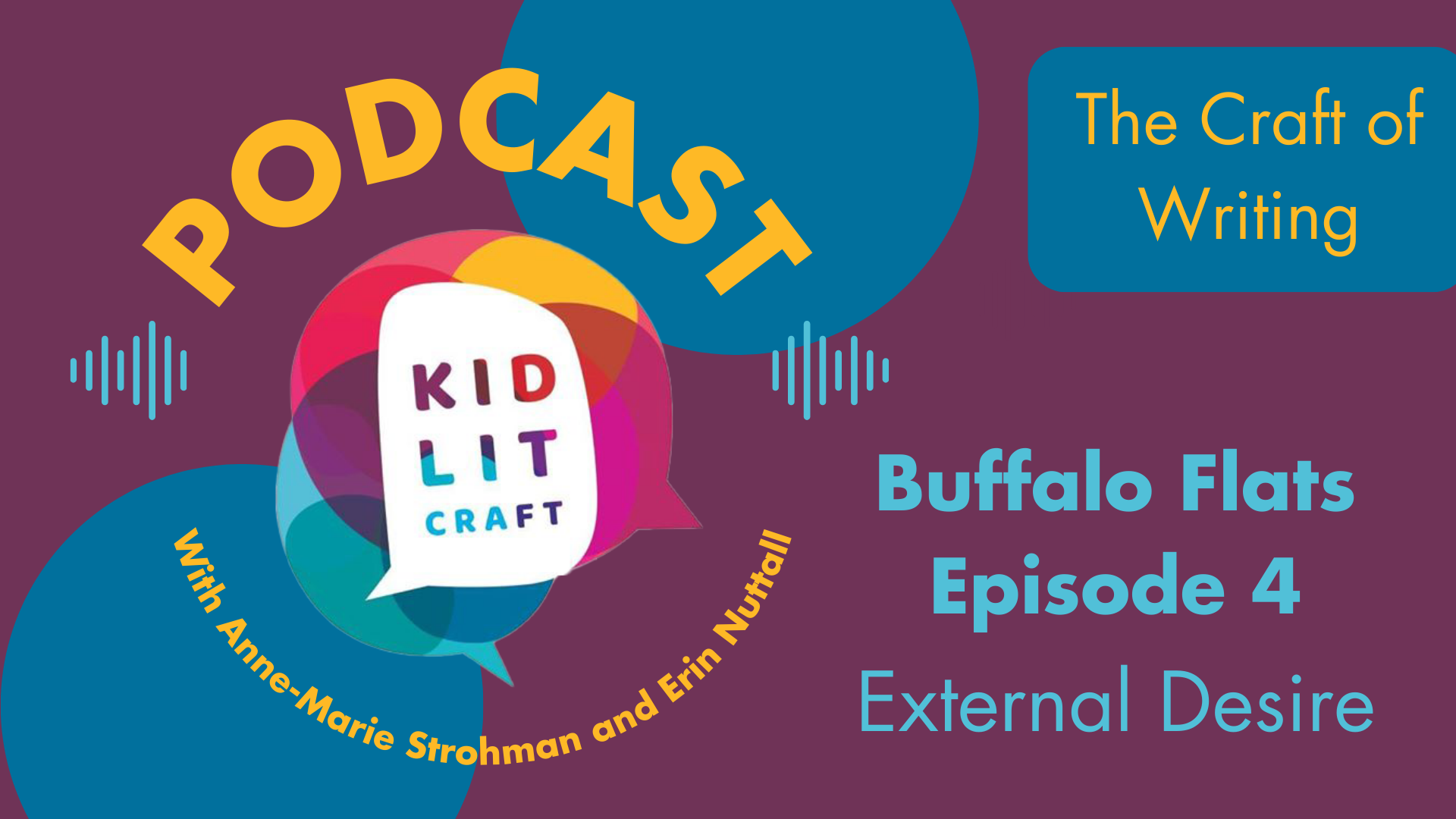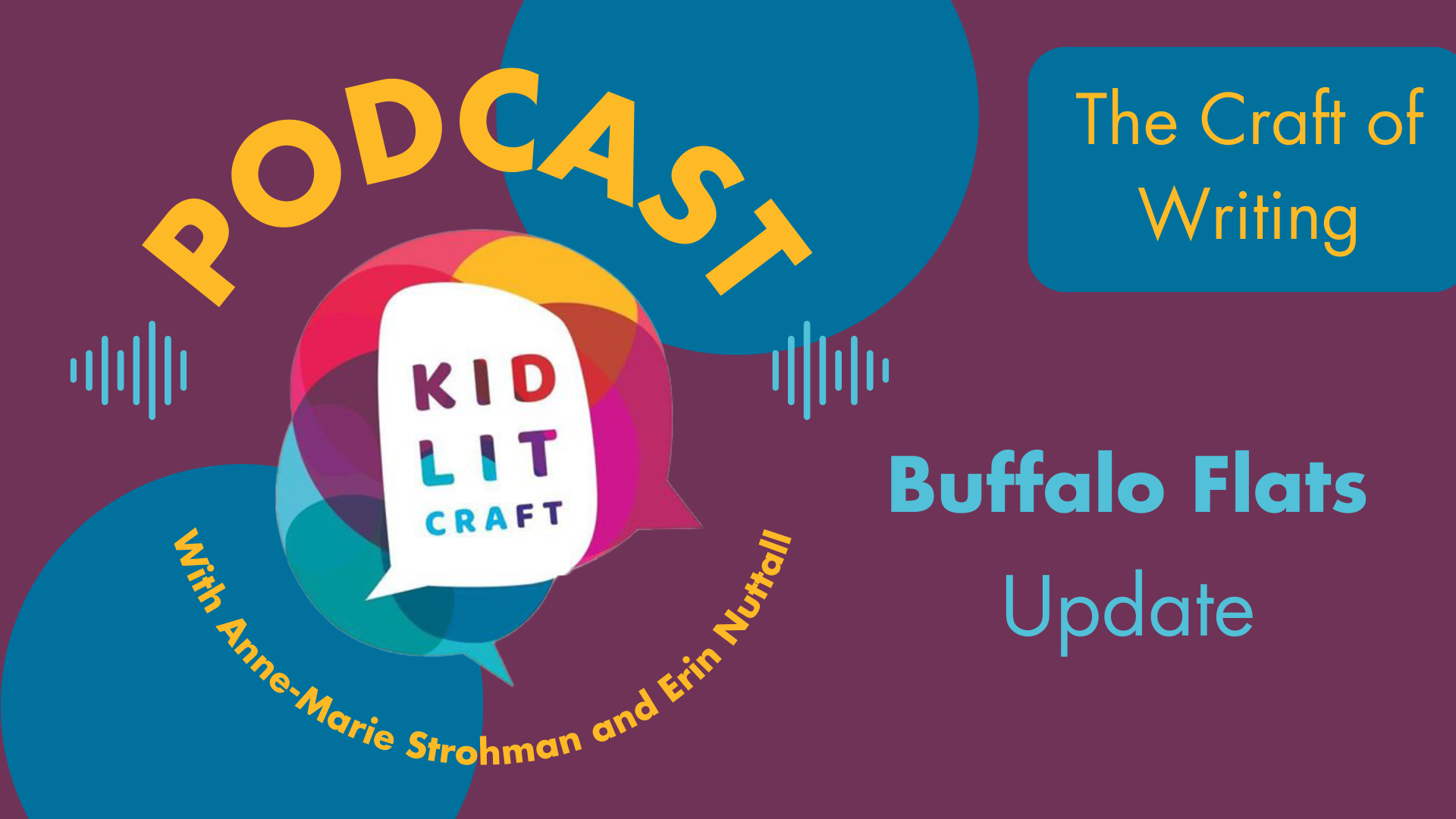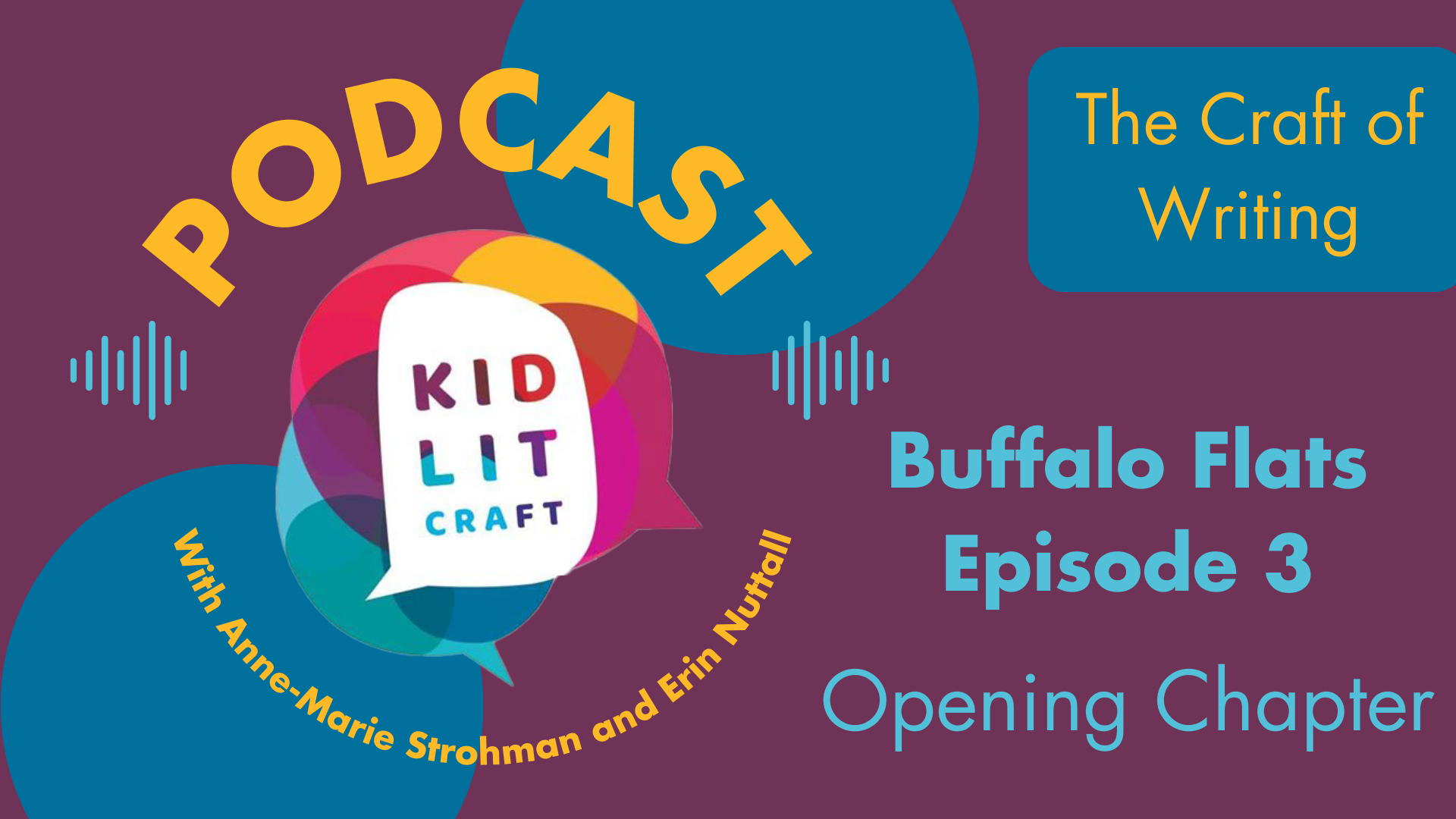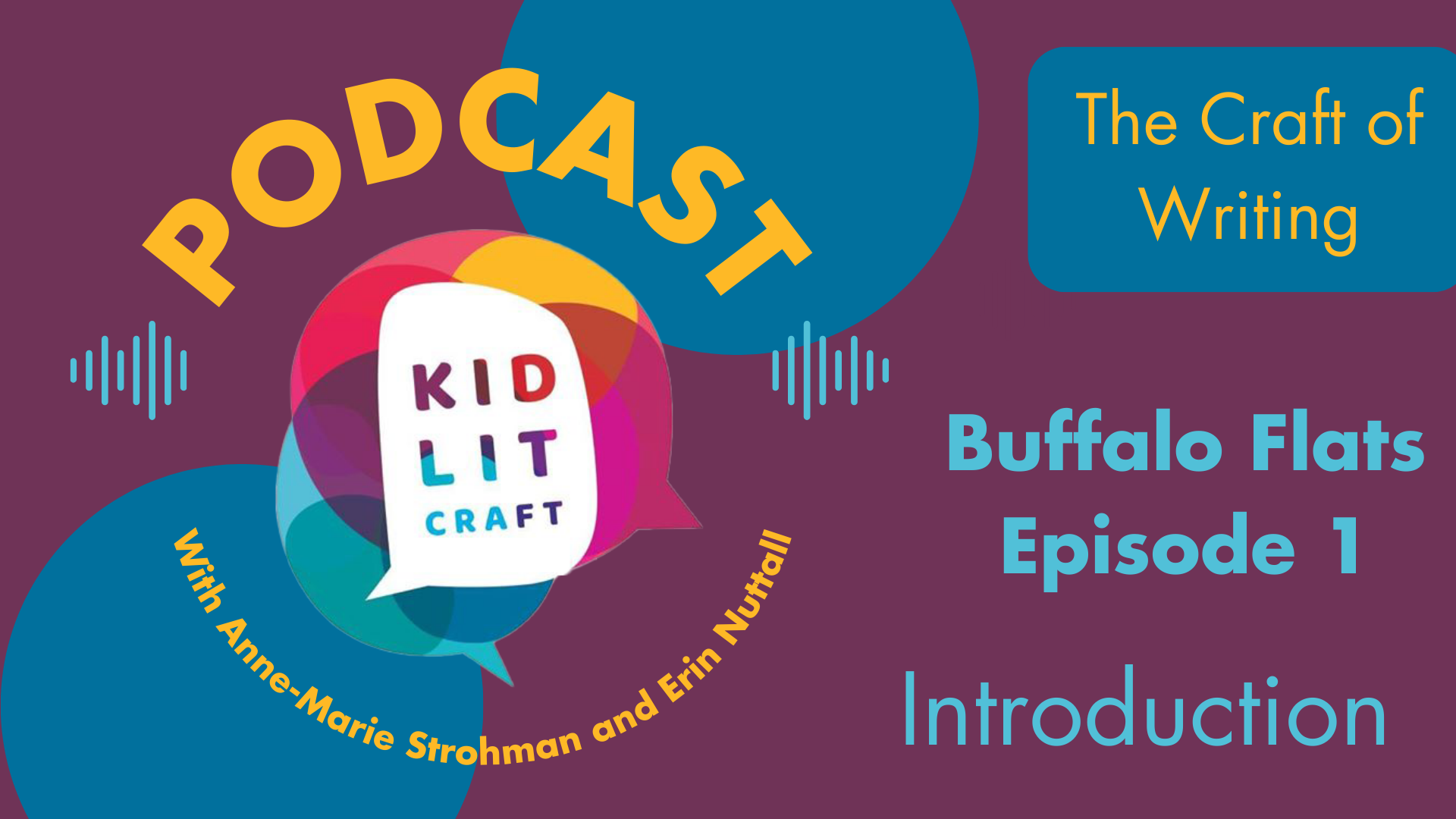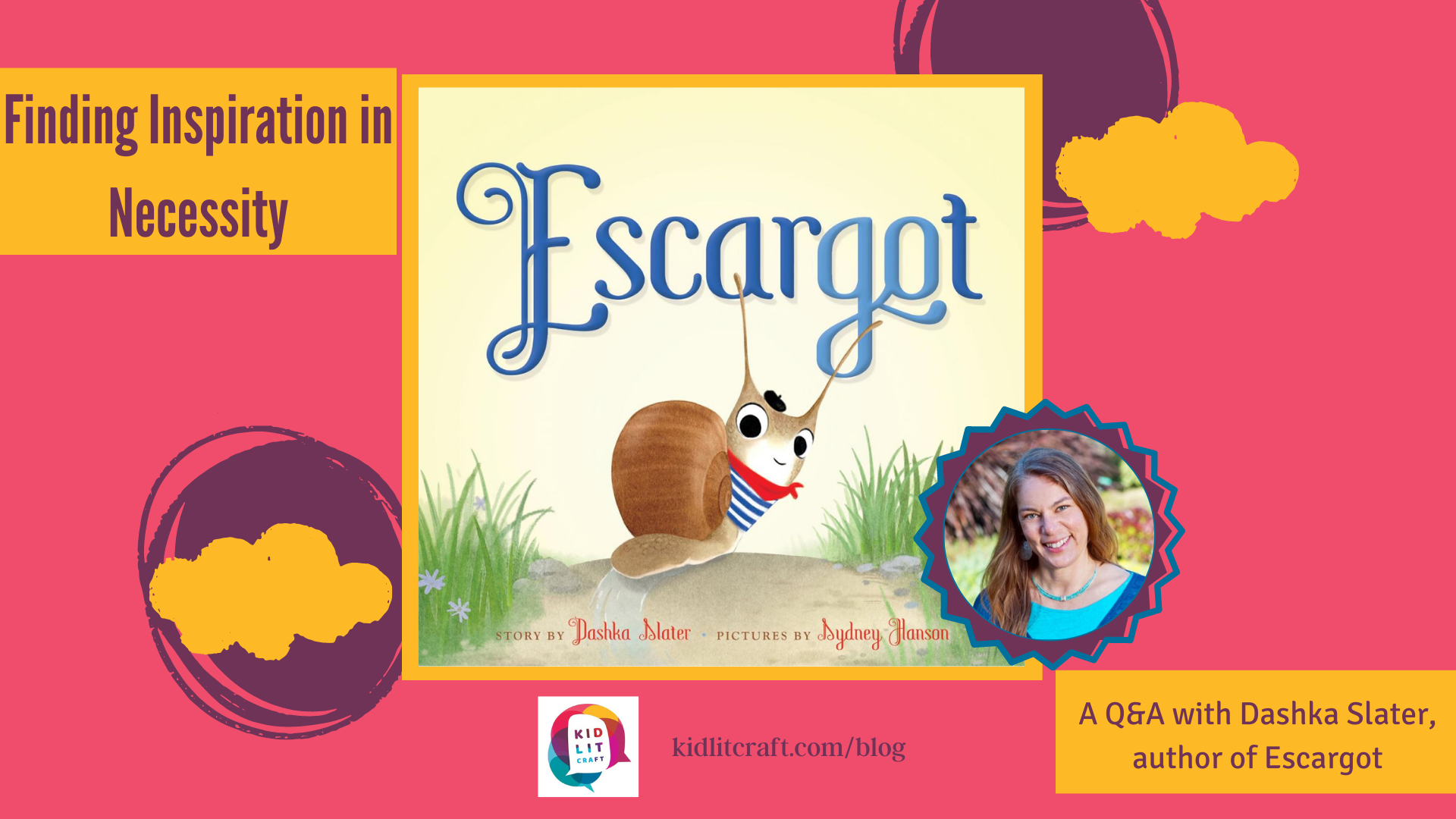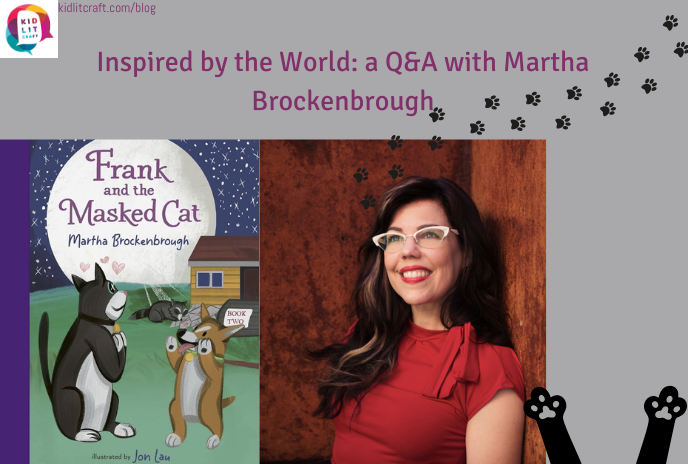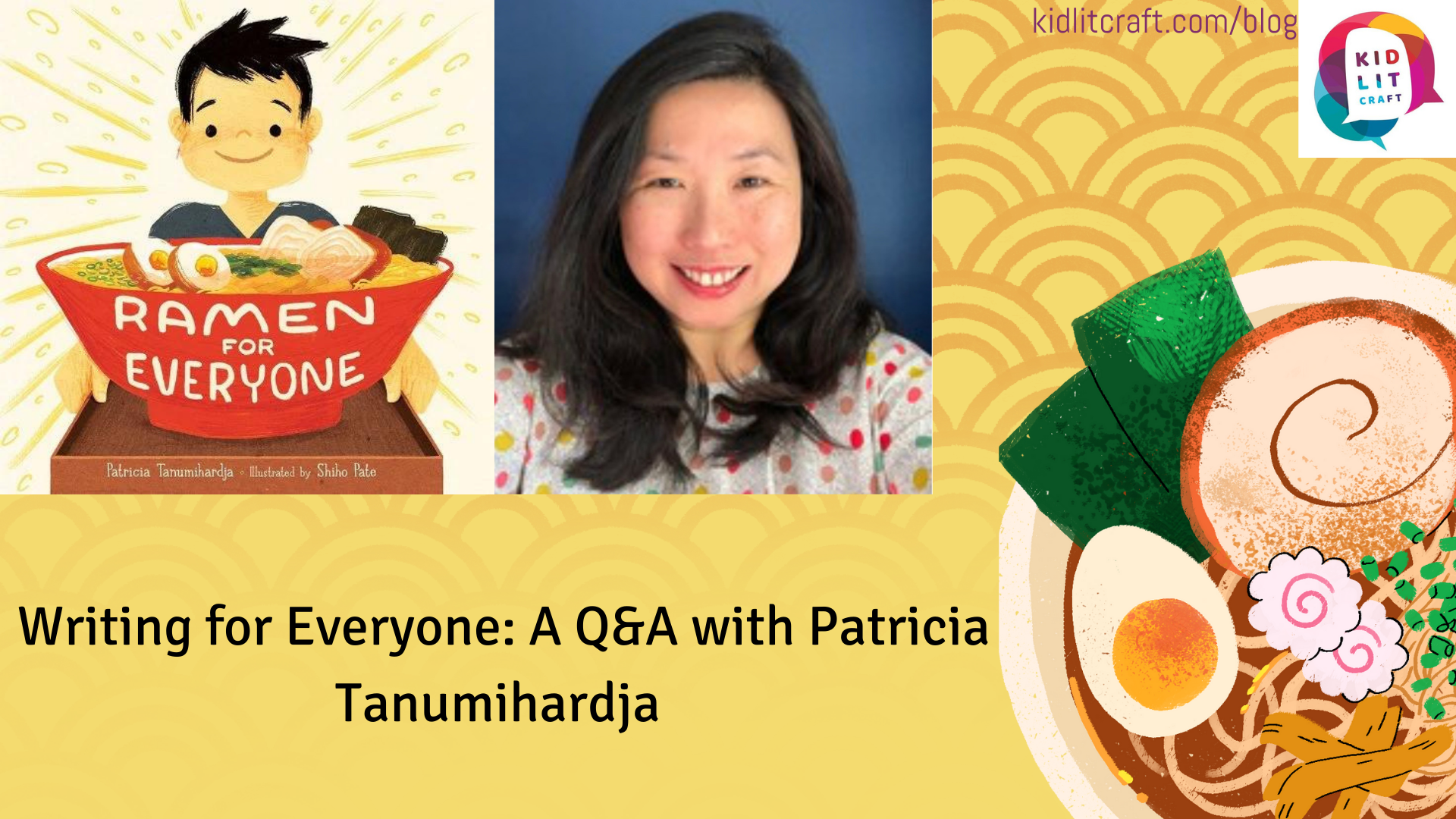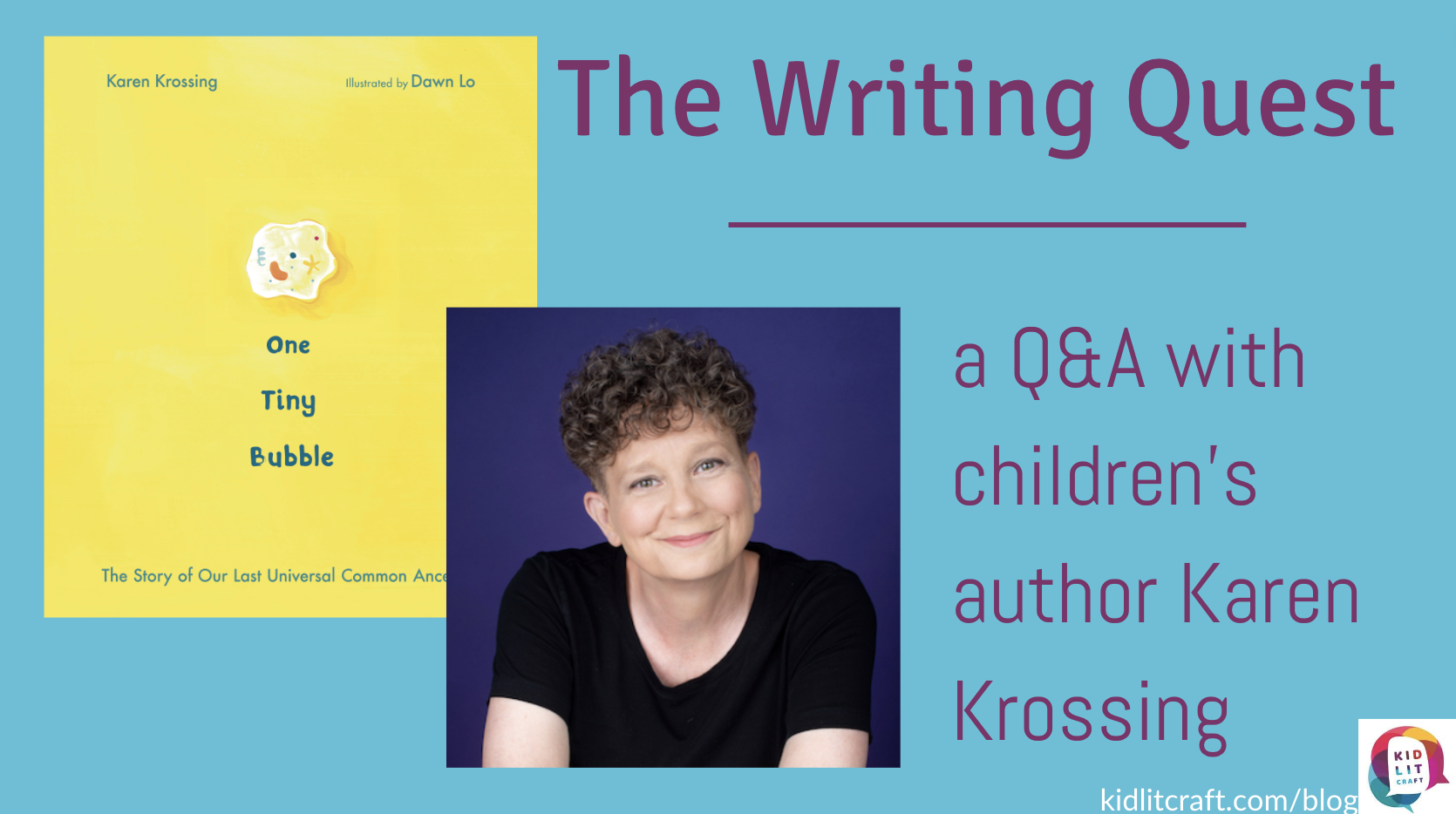hello!
JOIN US IN EXPLORING OTHERS' CRAFT AND BUILDING OUR OWN
I have been in critique groups on and off for most of my career. I’m here to tell you that they can be wildly helpful and bracingly unhelpful–the trick is how to make them work for you.
Today we’re focusing on the main character, Rebecca’s external desire, the obstacles that get in the way, and what will happen if she doesn’t get that desire.
Episode 13: Martine Interview, Part 1 In this episode, we interview Martine Leavitt herself! She talks to us about her inspiration for Buffalo Flats, the painful process of writing it, and her secret to sticking with writing when it’s hard. Martine had so much wisdom to share that we split the interview into two […]
We’re here today to tell you that we are going to be taking a little break over the holidays and partly that’s because there are holidays, and partly it’s to give you a chance to read Buffalo Flats if you want to, before we get to the episodes where there are spoilers.
First chapters have a really tricky job. They introduce readers to a character in their world, they set up what’s going to come after that, and the best ones have forward movement in them. It’s not just a plain description telling you the state of the world. Something’s actually happening in the first chapter. And I would put the first chapter of Buffalo Flats in this best ones category.
This is a perfect book. I just really wanted to tear it apart, use it to help me figure out how to make my own writing better. I think anyone who wants to write better any type of writing actually and while it will definitely be focused on kids, and this is a YA novel, I think if you want to be a better writer period, there are things to learn from Martine.
“I started out writing for adults and so when I published my first children’s book, after 15 years of writing for adults, I couldn’t believe what a warm welcome I got. People were immediately supportive and eager to share information. The collegiality of kidlit authors is one of the things that I love the most about this field.”
interview by Erin Nuttall The thing I love most about Martha Brockenbrough’s writing is that she is unafraid. Yes, she’s imaginative, funny, thoughtful, and precise which all make her stories a joy to read, but to write bravely is a skill that few have and put Martha’s work on another plane. She slides easily between […]
“I focused on just his family members because I realized that I wanted to weave together themes of food and family, in particular the father-and-son relationship. Food has always been a very important part of my family, both when I was growing up and now that I have my own family. My mom liked to cook and it was her way of showing her love for us. Similarly, I like to cook my husband’s or son’s favorite dishes and/or add in favorite ingredients here and there, just because I want to show them I “see” them and I love them.”
Karen Krossing shares her publishing journey–it’s been a long and fruitful one!–as well as her exploration of writing in various categories, from YA to picture books, and details of her writing process.

